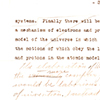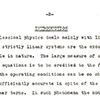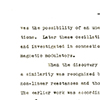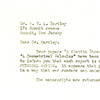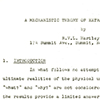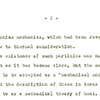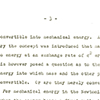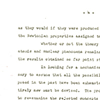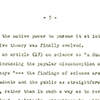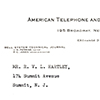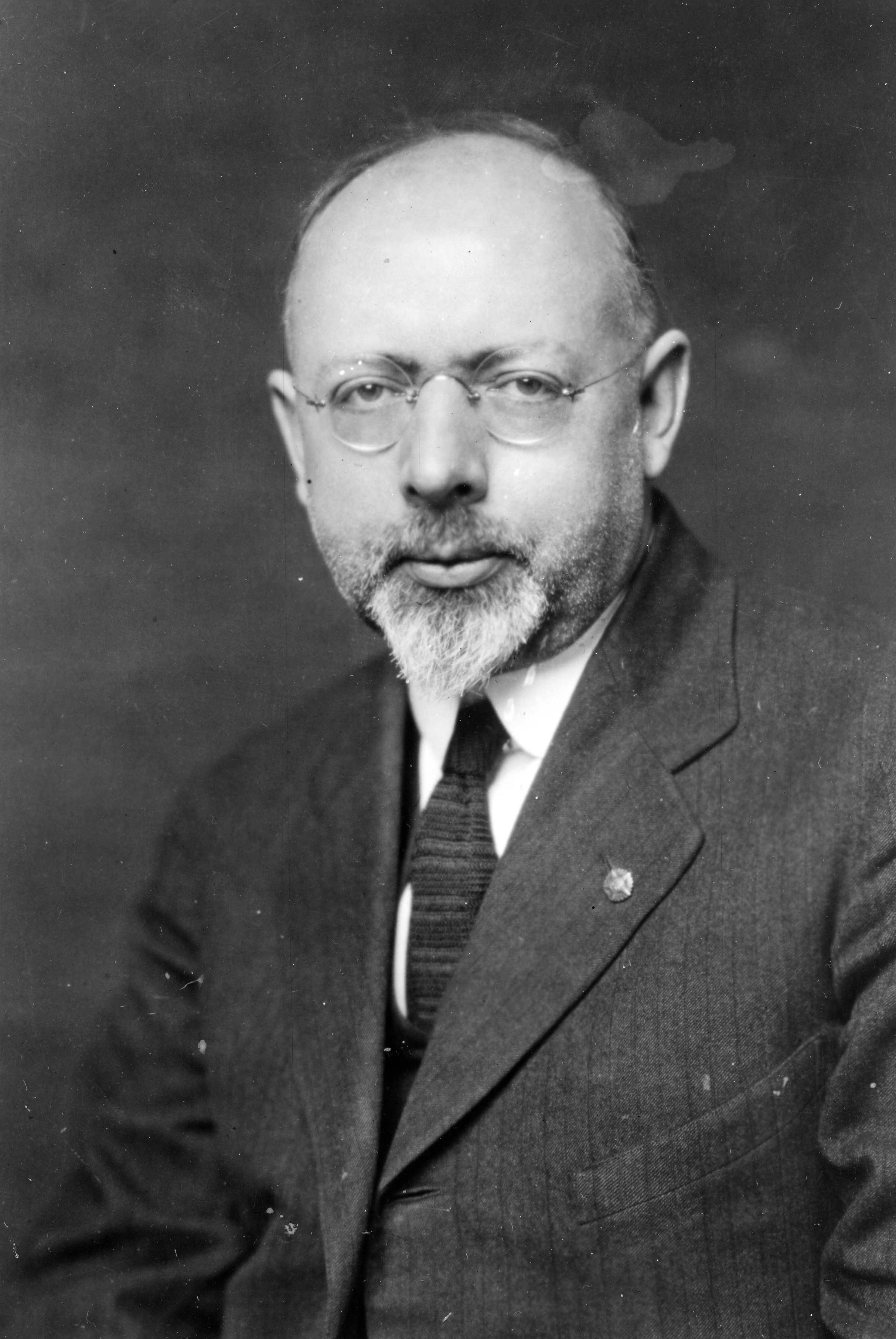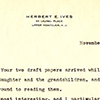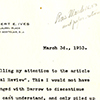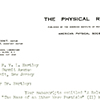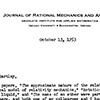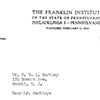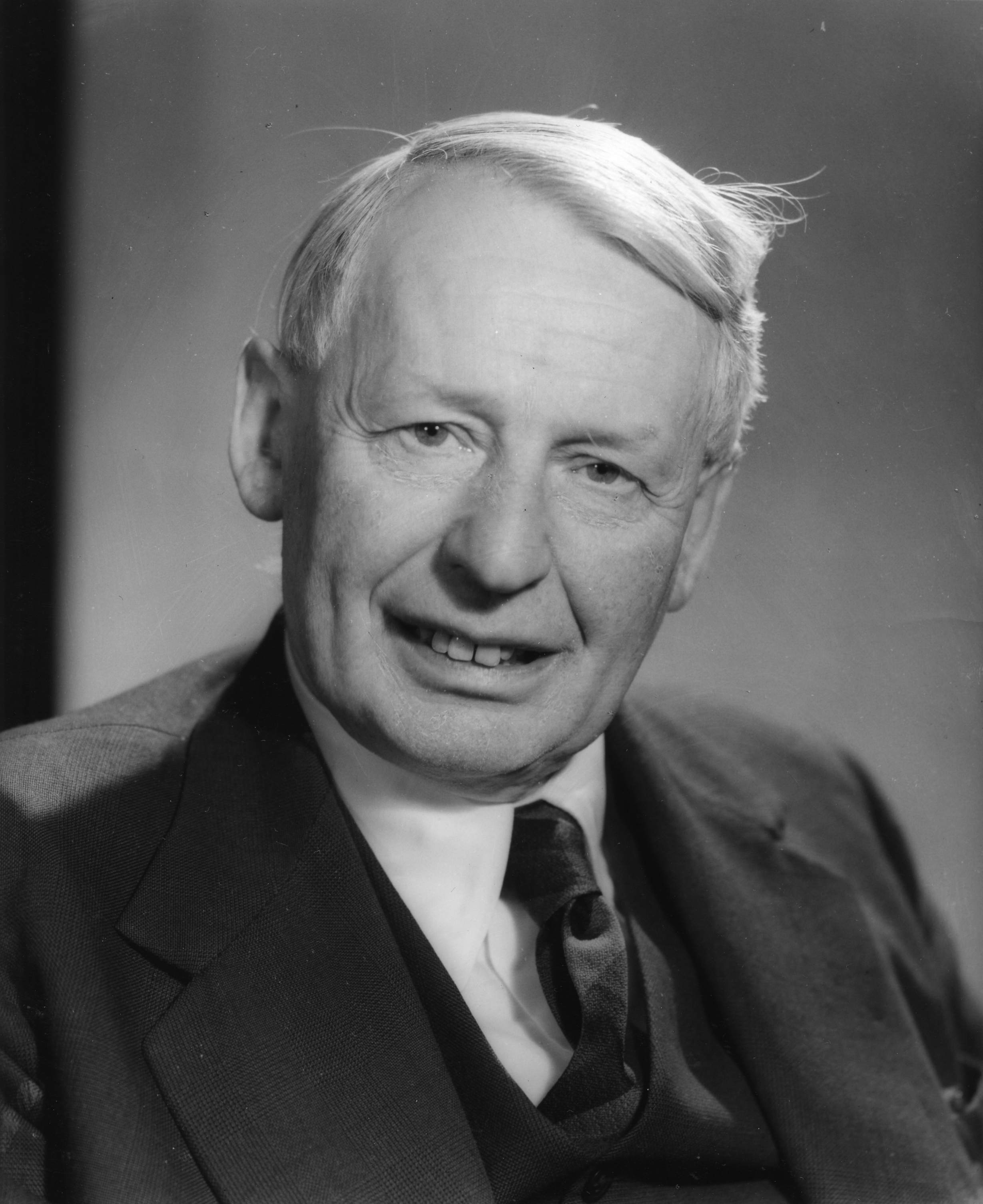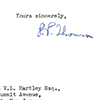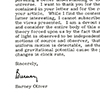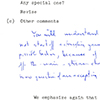Pseudoscience is a tricky thing to define. In The Pseudoscience Wars: Immanuel Velikovsky and the Birth of the Modern Fringe (University of Chicago Press, 2012), historian of science Michael Gordin argues that pseudoscience is hard to pin down; it isn’t a neat epistemological category easily distinguishable from real science. Rather, Gordin argues, pseudoscience is better thought of as a label used by scientists to ostracize certain ideas that they perceive as threatening their hard-earned authority to produce legitimate knowledge about the natural world.
Gordin expanded on the history and practice of pseudoscience in On the Fringe: Where Science Meets Pseudoscience (Oxford University Press, 2021), in which he defined—or, perhaps complicated—the idea of pseudoscience. “Pseudoscience is not a real thing[,]” Godin wrote. “The term is a negative category always ascribed to somebody else’s beliefs, not to characterize doctrines one holds dear oneself.” In On the Fringe Gordin explores the hazy borderland between science and pseudoscience. He categorizes fringe doctrines into four families: vestigial sciences, hyperpoliticized sciences, counterestablishment sciences, and what we may call parapsychological sciences, or, as he writes “the lineage of theories that have posited extraordinary powers of mind.” In this exhibit, we’ll focus on vestigial sciences, or how one scientist in particular, Ralph Vinton Lyon Hartley (1888-1970), tried to hold on to an older electromagnetic theory of the universe long after it had been supplanted—according to the scientific consensus—by Einstein’s theories of relativity.
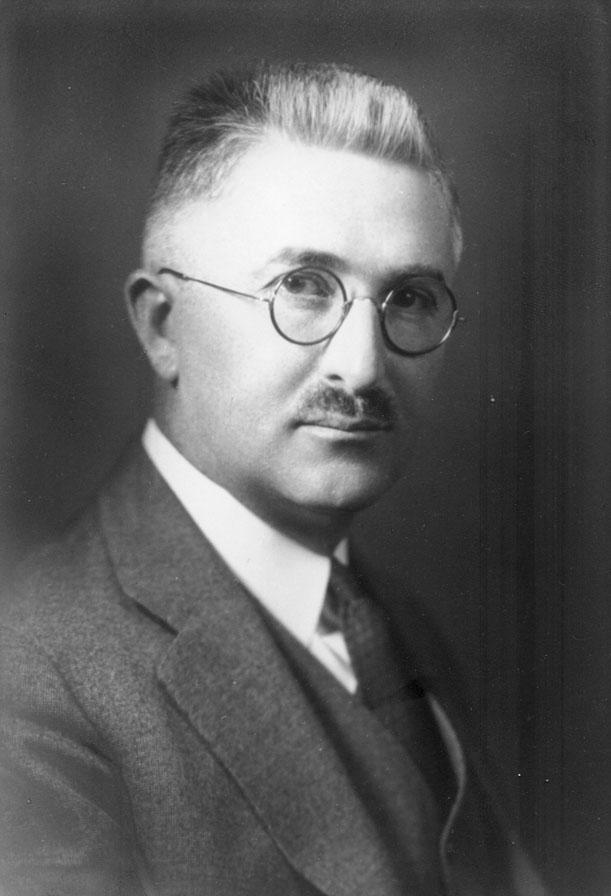
Portrait of Ralph V.L. Hartley. Courtesy of Wikimedia Commons.
Hartley was by no means a bad scientist. Though he never held a doctorate, he was highly regarded in his own time as an electronics researcher, built some important inventions, and contributed to modern information theory. As someone who dedicated his life to electronics and engineering, Hartley had to be familiar with Maxwell’s equations, which, to put it simply, provide mathematical models of how electric and magnetic fields are generated. Using Maxwell’s equations, Hartley resurrected the aether theory, an older model of the propagation of light in space that had been largely abandoned during the closing decades of the nineteenth century. In doing so, he hoped to convince his colleagues to reject the theory of relativity, which, by the time Hartley finished his education in the 1910s, had become the commonly accepted framework for understanding the properties of light propagation. Hartley’s model proposed a dissipationless fluid that existed throughout the universe as the medium that allows for the propagation of electromagnetic forces. Relying on convoluted mathematics and Maxwell’s equations, Hartley tried to make a case for his model. He stubbornly held out against the scientific consensus until his death in 1970, long after the rise of Einsteinian relativity.
This exhibit explores Hartley’s multi-decade endeavor to publish his challenges to Einsteinian relativity. In his efforts, we see the process of scientific debate and closure that rendered the classical mechanical understanding of the propagation of light a vestigial science. This exhibit shows how a respected scientist conducted research on the fringe, and how Hartley fell out of a rapidly changing consensus. It also provides a behind-the-scenes look at the peer review process, illuminating the social dynamics at play in the production of scientific knowledge.




